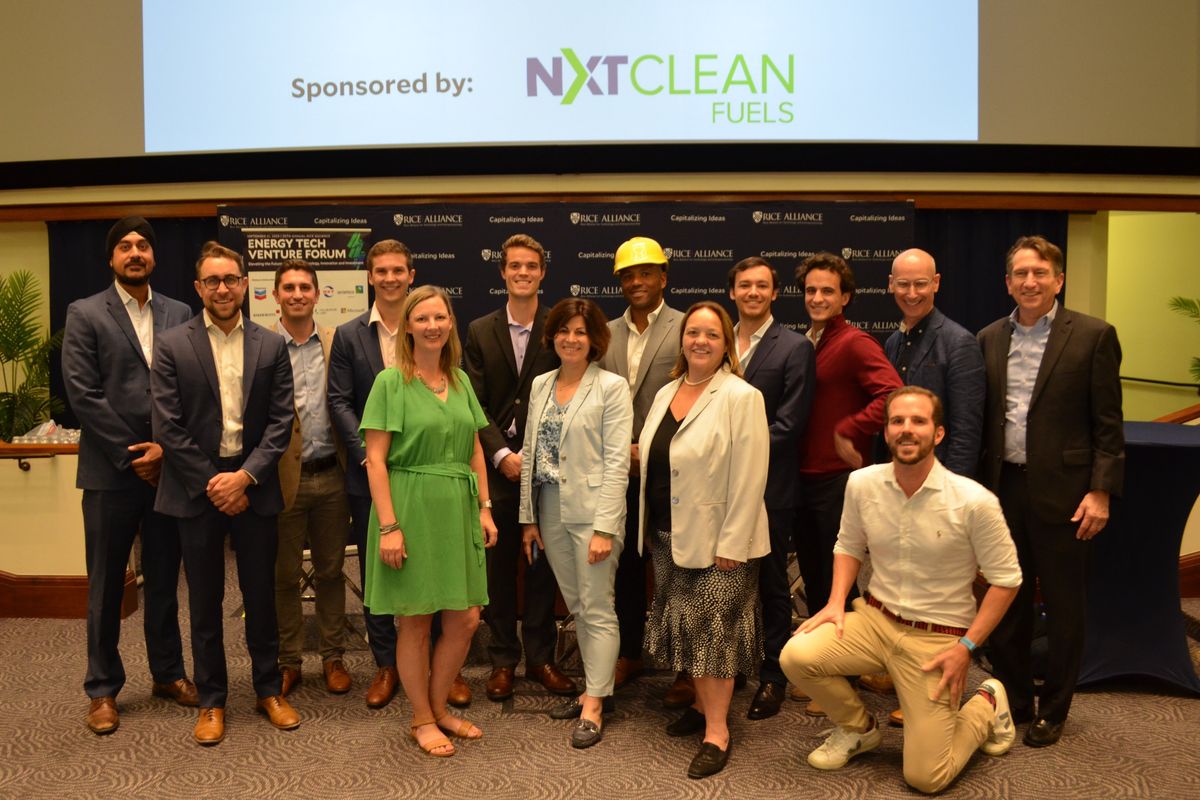Clean tech co. with U.S. HQ selected for UAE carbon capture project
big win
Abu Dhabi National Oil Co. (ADNOC), the state-owned oil company of the United Arab Emirates, has chosen technology from United Kingdom-based company Carbon Clean for a carbon capture project in Abu Dhabi. Carbon Clean’s U.S. headquarters is in Houston.
Carbon Clean’s modular CycloneCC technology will be used for a carbon capture project at a Fertiglobe nitrogen fertilizer plant. Fertiglobe is a joint venture between ADNOC and OCI Global, a Netherlands-based chemical company.
“This project is hugely significant given it’s the first industrial deployment of our award-winning CycloneCC technology anywhere in the world,” says Aniruddha Sharma, chairman and CEO of Carbon Clean. “We are moving a step closer to achieving full commercialization of this modular solution, which will play a vital role in decarbonizing heavy industries and achieving net-zero targets.”
Carbon Clean develops carbon capture technology for customers such as cement producers, steelmakers, refineries, and waste-to-energy plants. The company bills its offering as the “world’s smallest industrial carbon capture technology.”
CycloneCC can reduce the cost of carbon capture by as much as 50 percent with a footprint that’s 50 percent smaller than traditional carbon capture units, according to Carbon Clean. The startup’s unit arrives ready to install and can be up and running in eight weeks.
The company established its Houston outpost earlier this year.
In 2022, Houston-based Chevron New Energies led the company’s $150 million series C round. Other contributors to the round were CEMEX Ventures, Marubeni, WAVE Equity Partners, AXA IM Alts, Samsung Ventures, Saudi Aramco Energy Ventures, and TC Energy. To date, Carbon Clean has raised $195 million.






 Ten companies from around the world were named as most promising. Photo courtesy of Rice
Ten companies from around the world were named as most promising. Photo courtesy of Rice




